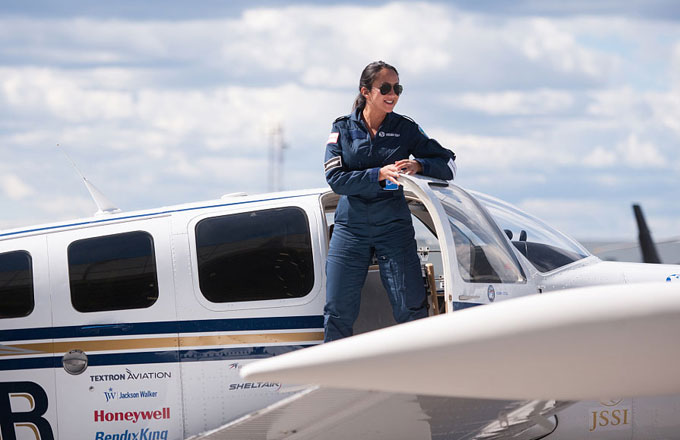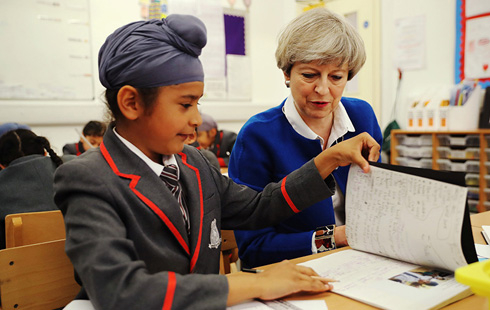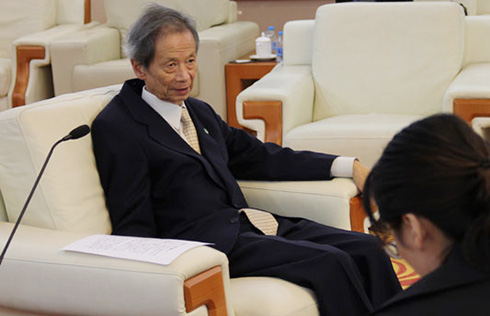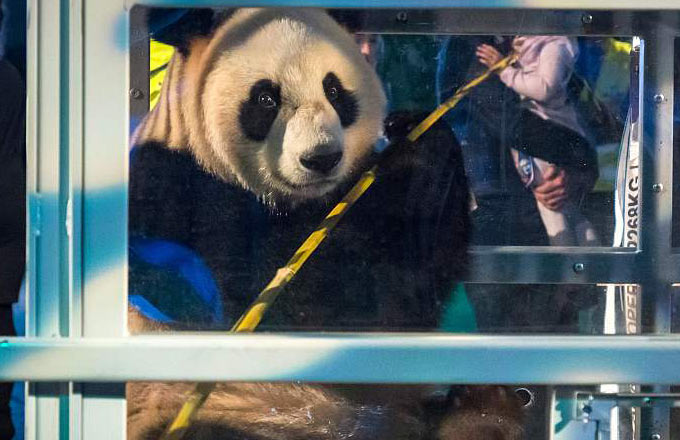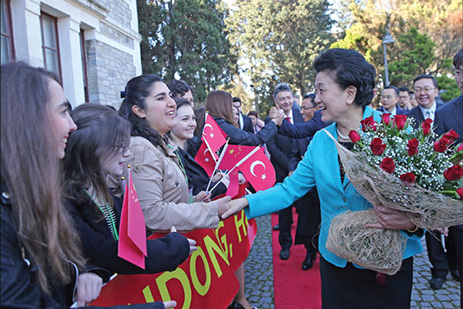London gets peek at art, caves from ancient Silk Road
An exhibition in London is bringing a taste of the beauty and history of China's ancient Silk Road to the United Kingdom.
Sacred Art of the Silk Road, Dunhuang's Buddhist Cave Temples opened on Tuesday and runs until June 15 at the Prince's School of Traditional Art.
The exhibition features 24 replica images and two replica caves and boasts illustrated scenes from Buddhist scriptures, sculptures of deities, astronomical zodiacs, and secular elements that all tell the tale of Dunhuang's fascinating history, the lifestyle of its people, the dancing and music.
The ancient Silk Road linked China, Central Asia, India and Europe through a network of caravan routes that flourished with the exchange of goods, art, culture, and religion. The history of the ancient Silk Road comes alive in the exhibition of reproductions of murals from the caves, which were an important oasis along the route.
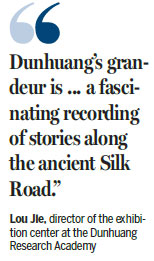
The 9.7 kilometer network of caves on the edge of the Gobi Desert are decorated with art that is many centuries old.
"Dunhuang's grandeur is truly a wealth for mankind," said Lou Jie, director of the exhibition center at the Dunhuang Research Academy, which is co-hosting the exhibition along with the Prince's School of Traditional Art and the Hong Kong-based Dunhuang Culture Promotion Foundation. "It's a fascinating recording of stories along the ancient Silk Road which provides inspiration for increasingly close cultural exchanges in our world today."
The academy was established in 1944 to preserve, document and study the caves.
It has been hosting exhibitions abroad since the 1950s, and has taken the caves' story to Poland, the Czech Republic, Japan, France, the United States, Turkey, Thailand and Japan, among other countries.
This exhibition represents Dunhuang's first appearance in the UK. Alongside the exhibition, there will be a series of painting lessons at the school.
Khaled Azzam, director of the Prince's School of Traditional Art, said the exhibition will give visitors a rare opportunity to see the works up close," just as pilgrims, traders and worshippers would have when they stopped at this crucial junction on the ancient Silk Road".
Starting about AD 400, Dunhuang gradually grew into a thriving crossroads of art, culture, trade and ideas. But, after 1400, as trade turned to maritime routes, the Silk Road fell out of use and Dunhuang was overtaken by the desert.
The replica was painted over four years by Lou herself. So far, the academy's team of around 30 artists have made more than 2,400 replicas of original Dunhuang cave murals, but that is a drop in the ocean considering 735 caves remain with around 45,000 square meters of murals and 2,000 painted sculptures inside.
cecily.liu@mail.chinadailyuk.com
(China Daily 05/18/2017 page3)






